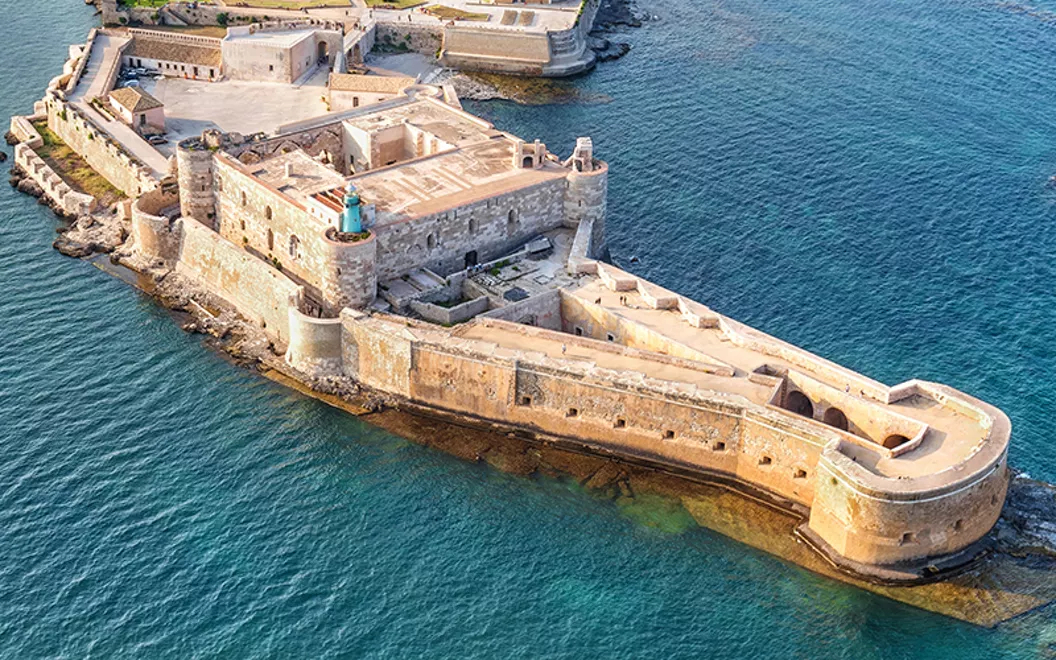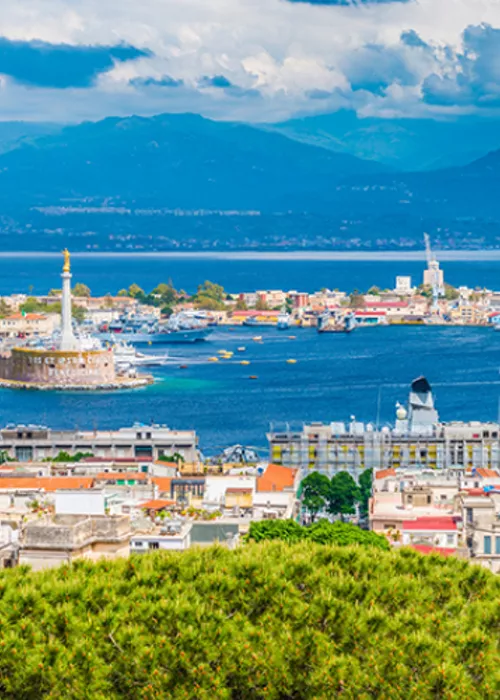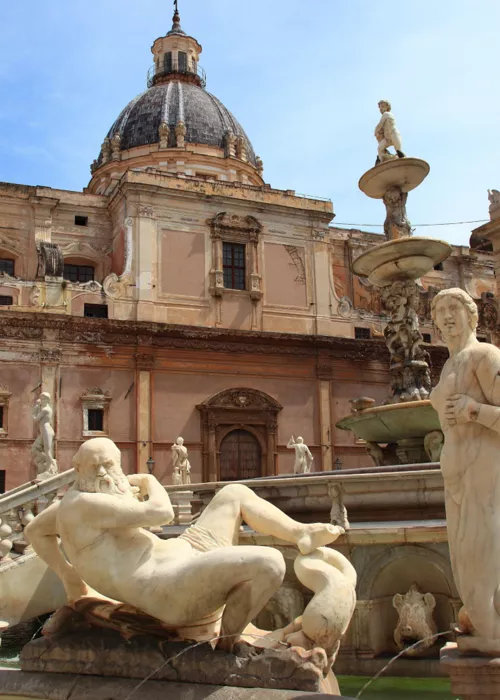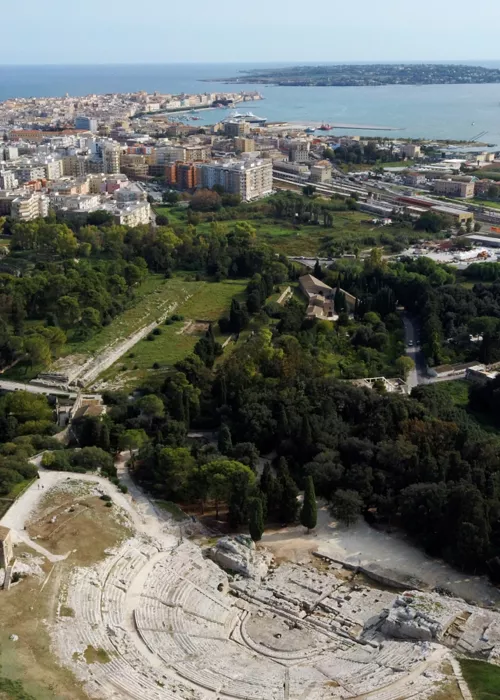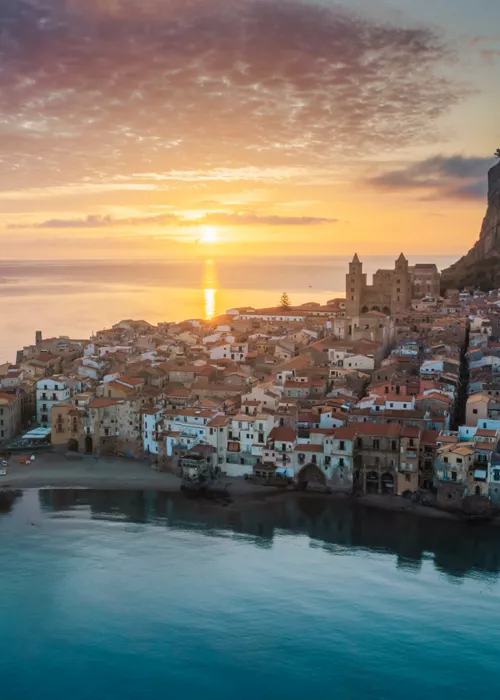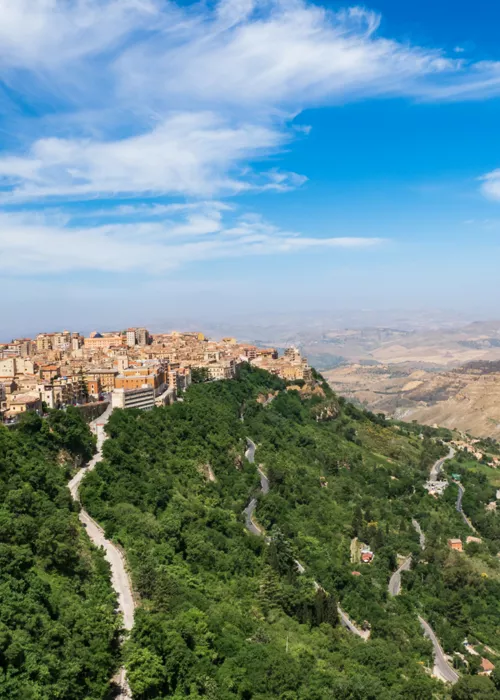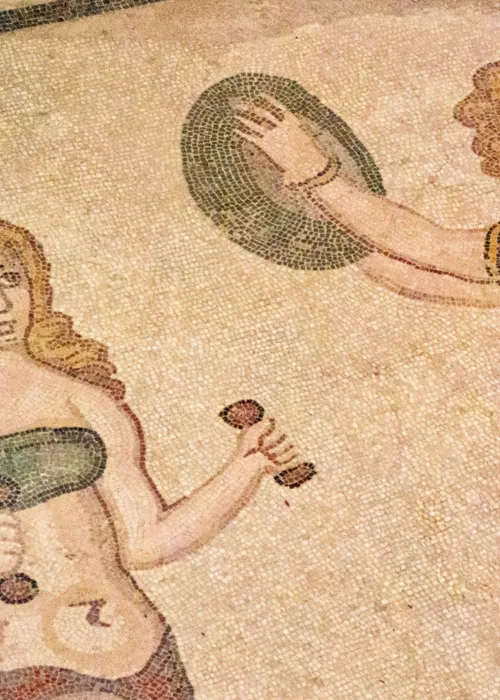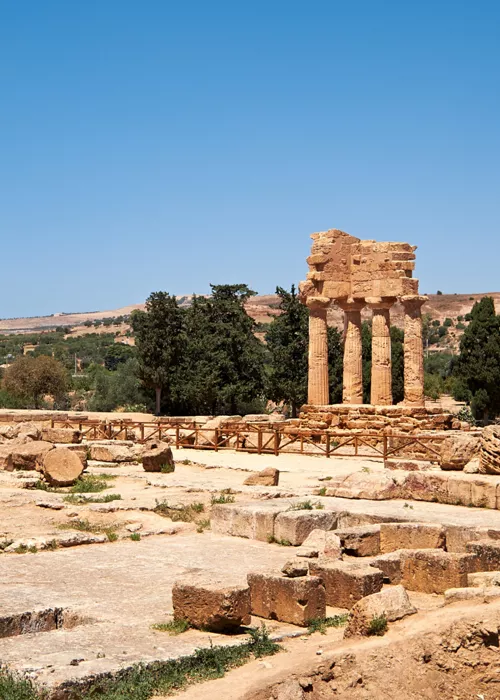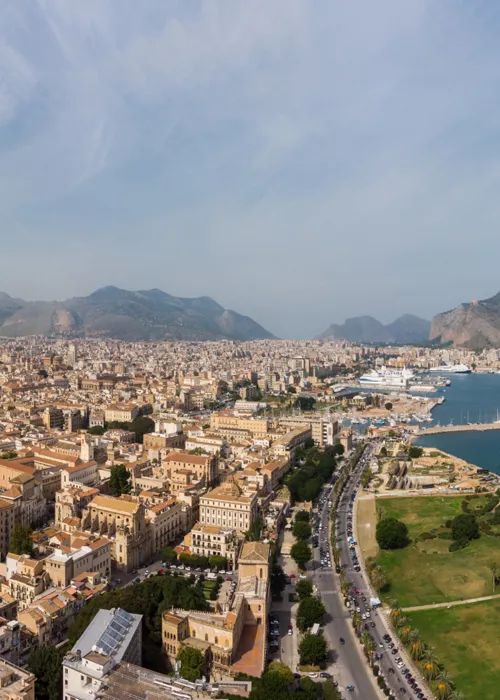From Agrigento to Pozzallo, amidst beauty, food and wine

Embark from Agrigento, a city of rare charm, or to be more precise from Porto Empedocle, an enchanting seaside town and birthplace of Luigi Pirandello, whose ashes are enshrined at the foot of an age-old pine tree near his house-museum. Head south-east and, just outside the dykes, admire the Valley of the Temples, a sight that surpasses the Acropolis of Athens in beauty.
If you're lucky enough to sail in spring, you'll be enchanted by the spectacle of the almond trees in blossom, framing myths, legends and ancient architecture in a kind of pinkish-white cloud.
From Porto Empedocle, head towards Licata: you will land, after about 27 miles, in the very convenient marina, just after the promontory of Porto Sant'Angelo and the majestic castle. Stop at the beaches of Cala Paradiso, Due Rocche and Mollarella, and take a stroll along the seafront, admiring its Art Nouveau buildings.
Head towards Pozzallo with a half-way stop in Gela, where you shouldn't miss the opportunity to stock up on some of the local delicacies: Cerasuolo di Vittoria wine, Ragusano cheese and Modica chocolate.
Another enchanting place you will come across is Santa Croce Camerina, with a wealth of beaches, including Punta Secca, Casuzze, Kaukana and Punta Braccetto.
Vallo di Noto and its excellencies

Look out for Pozzallo, which is indicated by the Cabrera Tower and the welcoming port at Pietre nere beach: this is the starting point for a visit to Noto, a Baroque gem.
Return to sea, rounding Cape Passero, the easternmost tip of Sicily, after 19 miles of sailing. You then come to Pachino, where you can stock up on tomatoes, and Marzamemi, a monument to fishing and tuna nets.
After another 25 miles you will reach Avola: here you can take in the immensity of the sea, surrounded by the Iblei Mountains. Sip a good glass of Nero d'Avola, a wonderful local wine.
Syracuse, walking through 3,000 years of history

You are now approaching the last stop: Syracuse, the eternal city. You have less than 20 miles to go, and have only to round the Plemmirio cape.
Syracuse, the home of Archimedes, retains its old-world charm.
Moor in a harbour that is itself a theatre, before visiting the archaeological area proper.
The city is surrounded by small islands: the most intriguing one - in reality, no longer an island - is Ortigia, with its fishermen's buildings, merchants' palaces, small squares, Greek remains and the myth of the Arethusa spring, a source of the sweetest and freshest water, a stone's throw from the sea.
Maniace Castle, the Clock Palace, the Cathedral and the Necropolis of Pantalica make Syracuse a UNESCO World Heritage Site.
Walking through its streets, you pass through three thousand years of history, soothed by the song of the sirens coming from the sea.


